
TNC 2023 Global Annual Report
View or download the entire report as a PDF:
PDF in English | PDF en Español | 简体中文PDF
Jennifer Morris
From the CEO
As I look back at all we have accomplished this year with partners around the world, I can say with certainty that we are in the defining decade for the planet. The Nature Conservancy’s 2030 Goals, our most ambitious targets yet to reverse climate change and biodiversity loss, compel us to act with unprecedented urgency across the globe.
We know we cannot reach those goals alone. While our teams are sharply focused on what we need to achieve, we also continue to place emphasis on how we do our work. It’s what sets us apart and sets us up for success in the long term. It’s critical that we continue this mindset to reach our goals and make a positive impact for both nature and people. So how exactly are we doing this?
Through our breadth of work that spans U.S. states, countries and continents, we are acutely focused on elevating Indigenous and community leadership, unlocking impact finance, transforming policy and harnessing the power of breakthrough science. On my travels visiting TNC work on the ground, I’ve seen the “how” in action and the power of partnership at play.
One of our focal areas is the central Appalachians, a region of the U.S. where coal mining once boomed. I spent some time in eastern Kentucky to celebrate the launch of our Starfire Renewable Power Project, a transformation of one of the largest coal mines in the United States into a new solar energy center. In a groundbreaking collaboration with the electric vehicle manufacturer Rivian, the global renewable power producer BrightNight and the state of Kentucky, this project will produce enough electricity to power more than 500,000 homes each year—and demonstrate how clean energy projects can provide even greater climate, conservation and community benefits. It’s the kind of innovative partnership that will help power the clean energy revolution.
This past year I also had the privilege of traveling to India and China, where I met with farmers who are adopting regenerative practices that restore nature’s health and store carbon emissions. They include implementing no-burn agriculture across rice and wheat farms, changing how producers manage soils in croplands and grasslands, and reducing synthetic fertilizer use. Through our Grow Positive work in these landscapes and other places around the world, food producers and farmers are paving the way to combating climate change and providing food for a growing population.
At TNC, we know we cannot tackle the planet’s biggest challenges without elevating the voices and leadership of Indigenous peoples and local communities. Through our Enduring Earth partnership, we’re helping to accelerate large-scale, durable land and water conservation that puts Indigenous rights at the heart of our approach. In 2023 I had the honor of traveling to the Great Bear Sea, the sacred homeland of several First Nations, to learn about this work firsthand. Through an innovative financial and conservation model, TNC and our partners are supporting Indigenous-led protection, management and sustainable, local economies across 10 million hectares (25 million acres) of marine and coastal habitat.
We also closed our fourth Nature Bonds deal in 2023, refinancing Gabon’s debt to expand protection up to 30% and improve management of 100% of its ocean territory by 2030. These debt conversions for nature are not just innovative ways of unlocking conservation finance, they are a lifeline for the planet.
When I reflect on all that we have accomplished together and how we have achieved our success, it is in large part because of our incredible community of supporters. Thank you for being part of our community, for your generous gifts, for your time and your partnership. Your support will be even more critical as we march toward 2030, and I’m grateful to have you by our side.
Our Goals for 2030
We’re racing to hit these targets to help the world reverse climate change and biodiversity loss. Together, we find the paths to make change possible.
View Our Priorities-
3B
Avoid or sequester 3 billion metric tons of carbon dioxide emissions annually—the same as taking 650 million cars off the road every year.
-
100M
Help 100 million people at severe risk of climate-related emergencies by safeguarding habitats that protect communities.
-
650M
Conserve 650 million hectares—a land area twice the size of India—of biodiverse habitats such as forests, grasslands and deserts.
-
4B
Conserve 4 billion hectares of marine habitat—more than 10% of the world’s oceans—through protected areas, sustainable fishing and more.
-
30M
Conserve 1 million kilometers of rivers—enough to stretch 25 times around the globe—plus 30 million hectares of lakes and wetlands.
-
45M
Support the leadership of 45 million people from Indigenous and local communities in stewarding their environment and securing rights.
2023 Conservation Highlights
Learn about how we’re working with partners on the ground and around the world to find solutions to the climate and biodiversity crises.
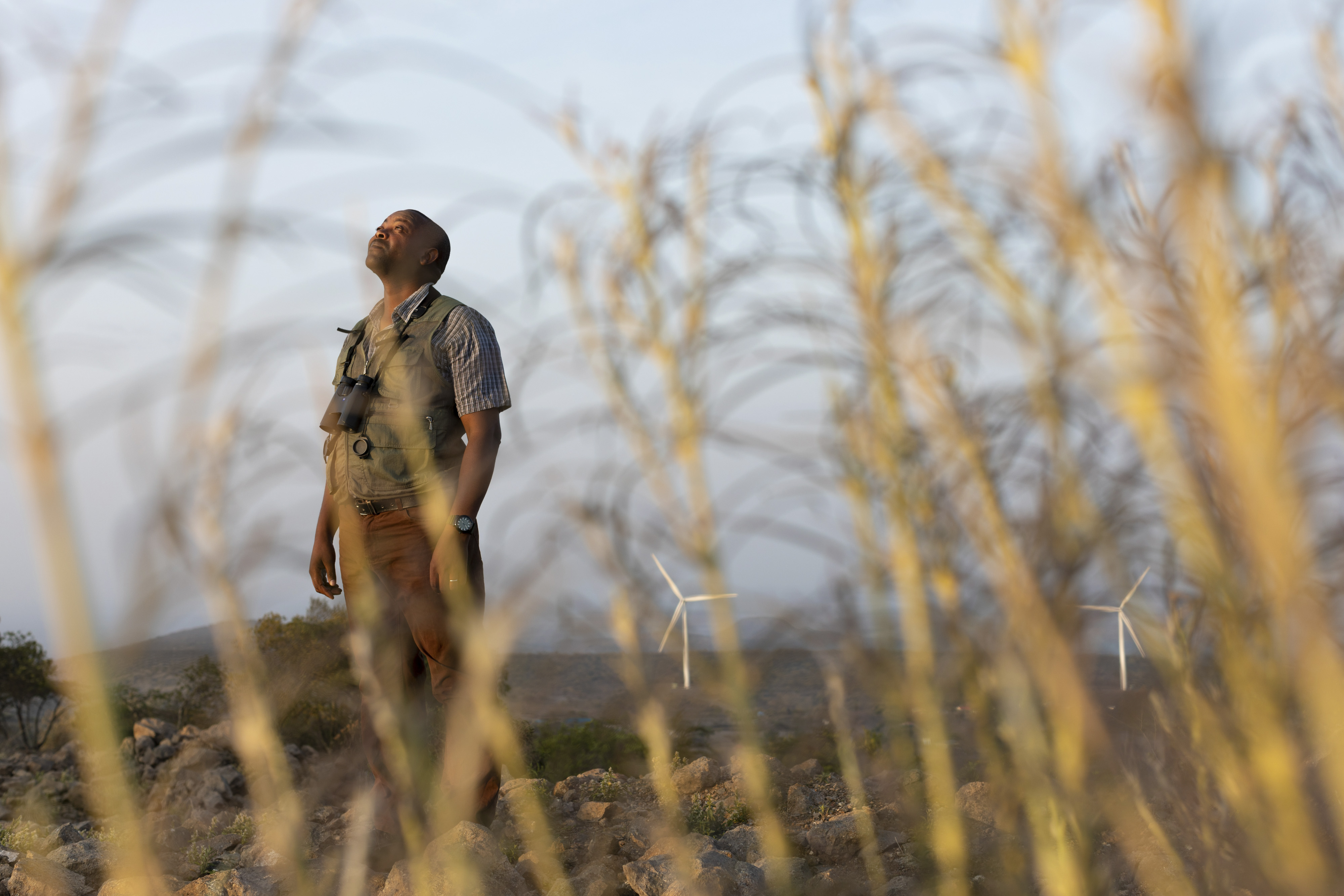
Science Is Power
At the Kipeto Wind Farm in Kenya, investing in nature is paying off. With 60 turbines propelled by winds funneled through the Great Rift Valley’s steep ridges and across its sprawling grasslands, the wind farm generates enough energy to power thousands of homes in the area. It’s also in a key migratory pathway for at least 62 species of birds.
Here, Dominic Kimani leads a team of 32 biodiversity monitors, locally employed and trained to watch over the birds that share this landscape. Kimani's team keeps their eyes to the sky, and when they spot a bird approaching, their walkie-talkie order can shut down individual turbines in under a minute, keeping the blades still until the sky is clear.
A Balancing Act
With more than 60% of global energy generated by planet-warming fossil fuels, a rapid shift to renewable energy sources is critical to fighting climate change. Yet solar and wind farms require a lot of space, and developing these areas can threaten habitats for species already losing out to warming temperatures. But stories like Kimani’s show us that when it comes to renewable energy development, it’s possible—and necessary—to balance the needs of people, nature and future generations.
The Siting Solution
Climate challenges—and solutions—touch down around the world. From Southeastern Europe’s Western Balkans to Kentucky’s Appalachian Mountains, TNC is studying and advancing new paradigms for economies and wildlife amid the rush to roll out renewables by improving space efficiency, aligning government incentives with community needs and identifying sensitive areas to avoid developing. TNC is also helping communities put this science into practice.
In Kentucky, the Starfire coal mine is becoming a massive solar project with TNC’s guidance, honoring the energy legacy of the Appalachians. Siting solar on already-industrialized lands, like mines, avoids impacts to the mountain range’s intact habitats while powering the equivalent of more than 500,000 households.
And as Europe races to reduce its dependence on natural gas, TNC’s siting guidance aims to speed up construction of solar and wind power in the Western Balkans by shortening permitting times, lowering costs and securing community buy-in.
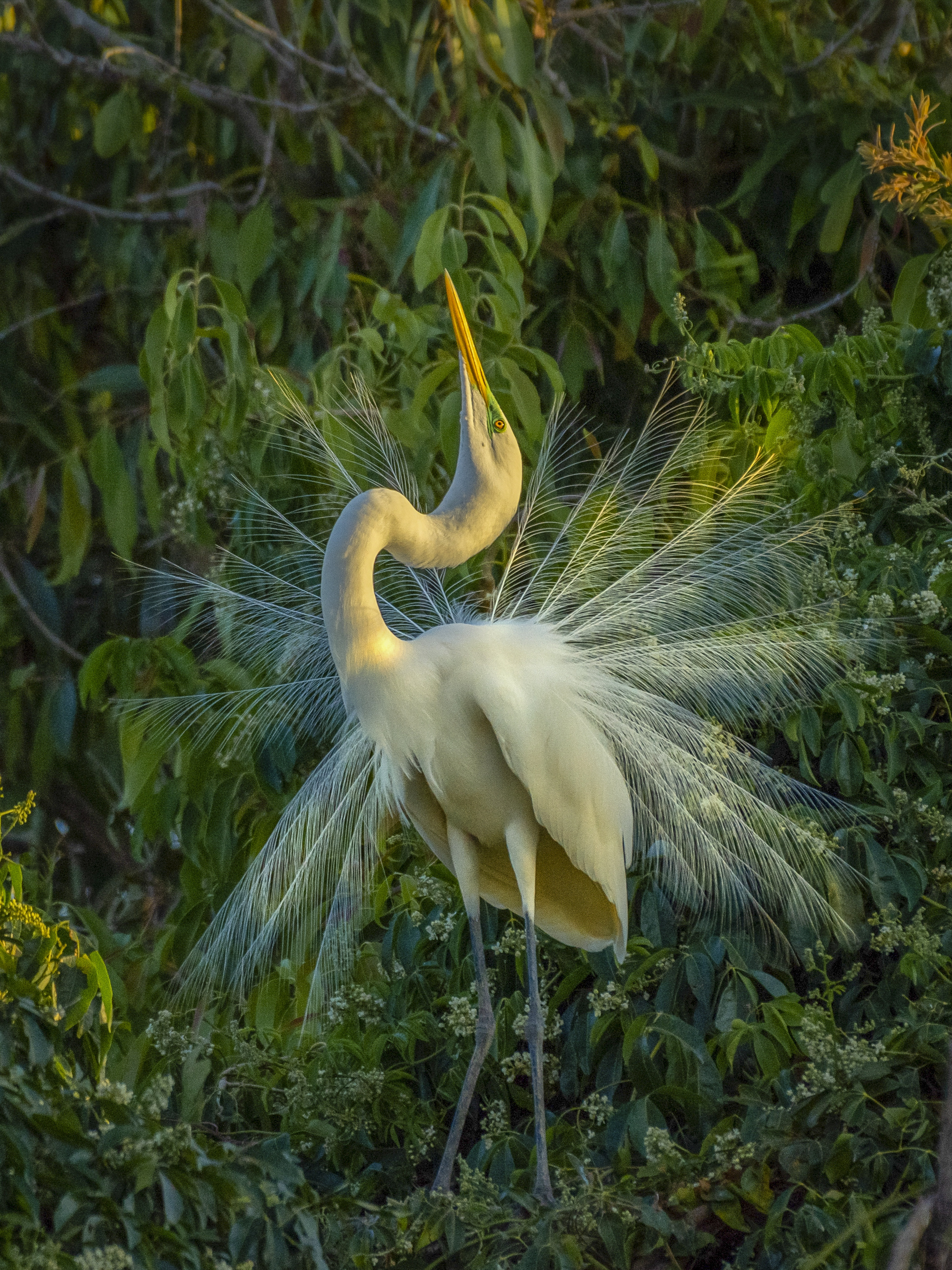
Transformative Partnership and Policy
Climate change and biodiversity loss are complex, global-scale challenges that require unprecedented levels of collaboration to solve. That’s why public policy and partnerships are critical.
Policy can create accountability and clear pathways to solutions, and diverse partnerships make those solutions happen on the ground. TNC works with policymakers at every level of government to create, implement and defend policies that protect nature and combat the climate crisis. Together we can set ambitious conservation targets, unlock funding and establish smart regulation, while working with partners to fund and execute important work.
The new Global Biodiversity Framework is one example of this. Signed by world leaders at the end of 2022, the agreement sets concrete goals for protecting nature through 2030.
During negotiations, TNC advocated securing the inclusion of a “30x30” target—an ambitious goal to protect 30% of the world’s land, fresh water and ocean habitat by 2030. Now, TNC is helping to put this ambitious framework into practice by working with countries around the world to develop their own national plans to meet these targets, including Mongolia, Gabon and Canada.
Public Policy and Private Lands
State and federal policy in the United States is also a priority for TNC. The organization played a significant role in advocating for the conservation and climate investments in the Inflation Reduction Act and the Infrastructure Investment and Jobs Act (IIJA)—which together constitute the biggest climate investment in U.S. history—and is now working with federal agencies to influence the most effective investments of these funds.
In 2023, for example, the federal government assigned TNC and several of its partners $562 million in IIJA funds for conservation and climate resilience projects in Alabama, California, Ohio, South Carolina and the U.S. Virgin Islands. These projects will help restore coral reefs, wetlands and other critical habitats.
While the climate focus of these bills marks a big shift in U.S. policy, so much more awaits. This year TNC will be engaged in helping to shape the United States’ largest investment in voluntary conservation, restoration and management of private lands—the Farm Bill. The bill, which is up for reauthorization in 2024, supports incentive-based conservation programs in all 50 states, typically providing $6 billion in conservation funding annually to help farmers, foresters and other private landowners care for their land and their way of life.
Big Numbers for Our Planet
-
30x30
A global goal to protect 30% of the Earth’s land, freshwater and ocean by 2030
-
1M
Estimated new jobs to be created every year by the investments in the U.S. Inflation Reduction Act
-
$6B
Typical annual funding for conservation in the U.S. Farm Bill
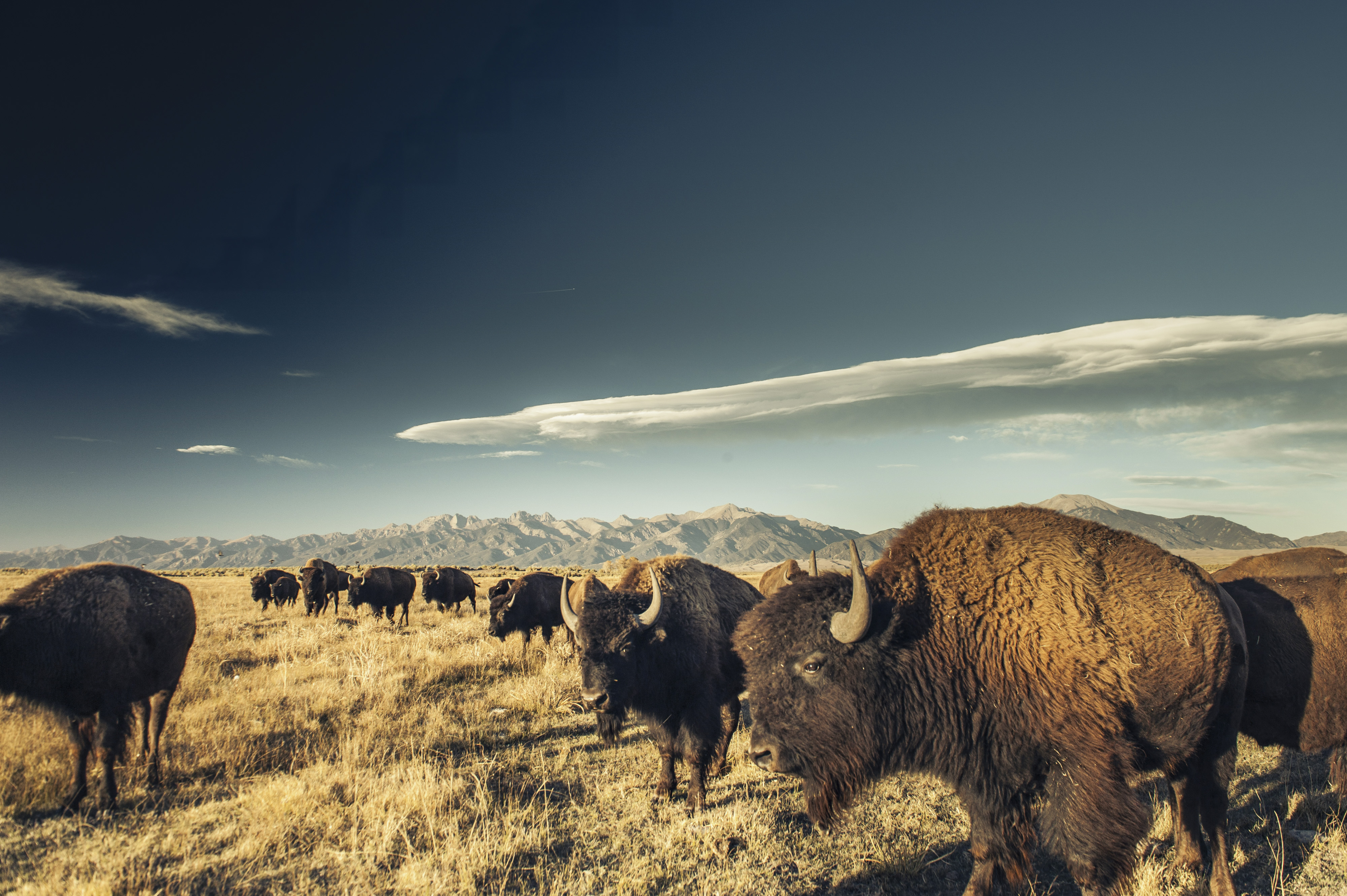
Deeper Connections, Lasting Conservation
For the A’i Cofán people of Ecuador, rivers bring life. It was this community’s lawsuit against Ecuador’s national government that led to an effort, supported by The Nature Conservancy, to protect more than 1,400 miles of rivers that provide water for 170,000 people across the Amazon basin. This is part of local leaders’ commitment to more than doubling those water protection areas by 2025.
Supporting the stewardship of Indigenous communities like the A’i Cofán helps preserve ways of life based on longstanding values and protect the health of our planet. In fact, lands and waters stewarded by Indigenous peoples hold 80% of the Earth’s remaining biodiversity and at least 25% of its rainforests’ natural carbon stores. Yet around the globe, TNC research shows Indigenous lands face an outsized threat from a rising demand for food, energy and minerals.
Stewarding Sustainable Economies
Indigenous knowledge often forms the basis of a sustainable economy—one that respects the bounty of nature and supports the people who depend on it.
Starting in 2014, TNC and our local partner Yayasan Konservasi Alam Nusantara supported Indonesia’s national government to create a network of marine protected areas (MPAs) around the Bird’s Head Seascape that would protect against unsustainable fishing and development. Since then, TNC has worked with local partners to ensure Indigenous communities have a stake in the management plans and established a fund to support protection of the region forever.
On the other side of the Pacific, Indigenous knowledge and world-leading science informed a similar plan to establish MPAs in the Great Bear Sea, off Canada’s west coast. Launched in early 2023 and now endorsed by 17 First Nations, the plan will protect the waters surrounding the iconic Great Bear Rainforest as well as the economy that depends on these ecosystems.
Grounded in Authentic Partnership
On-the-ground collaboration can only be successful with mutual trust—in many cases, trust that’s been eroded over centuries. In the United States, a partnership with the InterTribal Buffalo Council and other Indigenous-led groups is working to rebuild that trust, including by restoring bison from TNC preserves to tribal lands across the continent.
The bison, sometimes referred to as buffalo, is a cultural and ecological keystone that, for thousands of generations, has been integral to the health of grasslands and the life ways of many tribes on North American lands. Since 2020, the partnership has rematriated more than 1,800 bison from TNC. Each animal returned home represents not just a conservation milestone, but a step toward repaired relations and spiritual and cultural revitalization.
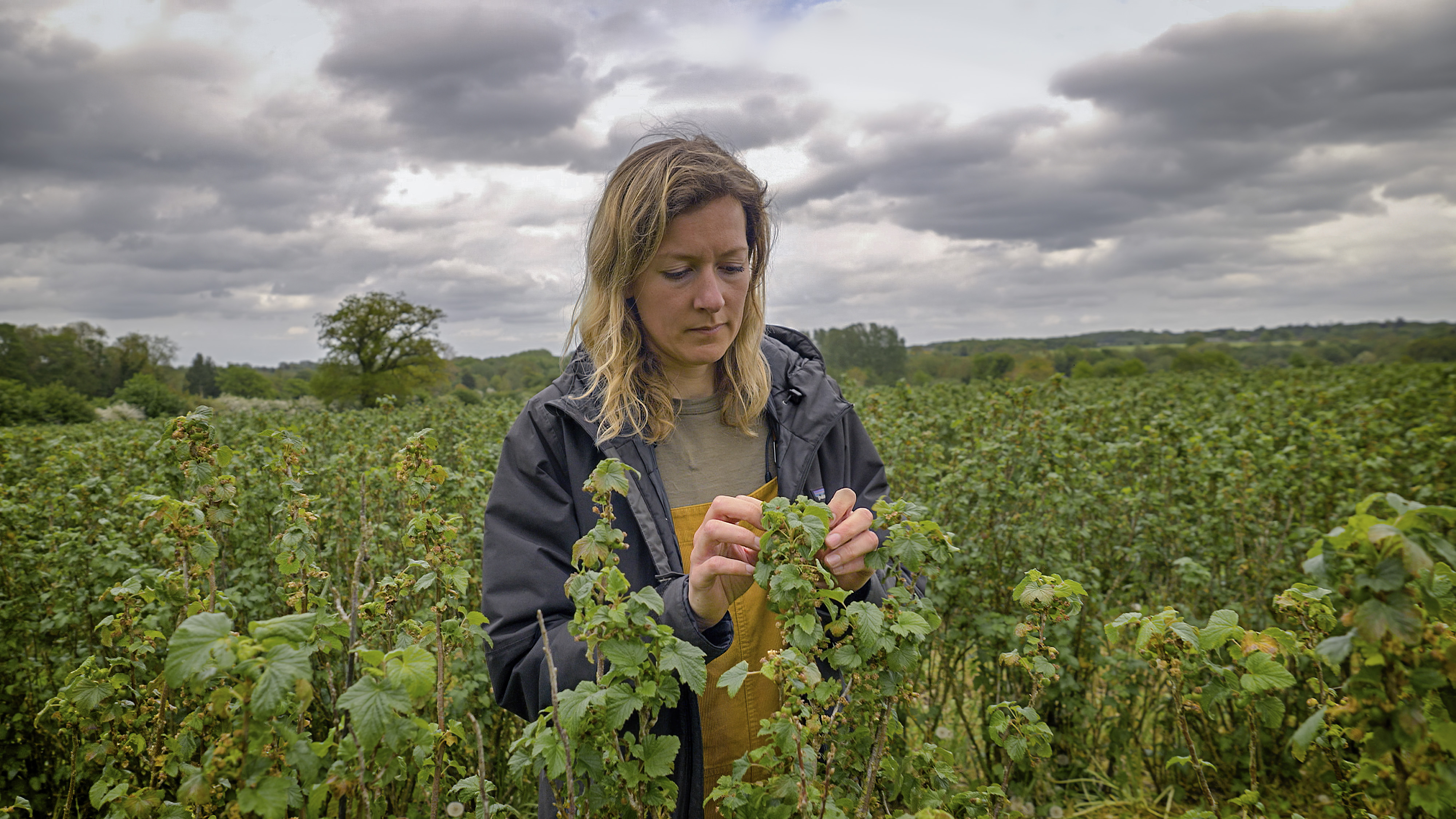
Farming for the Future
Uniform rows of sugar beets and carrots may look clean and organized to the human eye, but a wild landscape is a healthy one. With support from The Nature Conservancy and partners, small-plot farmers in Norfolk, England, have teamed up to restore native habitats—complete with fennel and wildflowers—while growing food. Called the Wendling Beck Environment Project, this effort shows how working with the land is improving soil health and water quality while ensuring farmers’ resilience in a changing world.
Because the way we produce food matters—for people and the planet. The global food system currently accounts for one-third of planet-warming emissions and 80% of biodiversity loss. Considering our lands will need to grow 50% more food by 2050, farming as usual is untenable. But projects like Wendling Beck show that farming can be a climate solution when we adopt regenerative practices that restore nature.
Healthier Food Starts in the Ground
The health of our food—and food system—starts in the soil, a living resource that feeds nutritious crops. But aggressive tilling and fertilizing strip soils of their life-giving nutrients. Over a matter of growing seasons, what was once a field of rich, black earth can dry out into dust.
In China, where more wheat is grown than in any other country on Earth, farmers are working with TNC to create a new paradigm. Using conservation tillage practices that keep plant residues and nutrients in the soil, farmers are seeing crop yields increase by up to 20% as life returns to their fields. Their demonstrated successes are helping to increase the resilience of agriculture to climate change.
And Healthier Waters Start Upstream
The Midwest, made fertile by the streams and rivers that connect to the mighty Mississippi River, shows us how the health of the soil is linked to the health of the water. Here, TNC is helping farming families protect drinking water and freshwater habitats with practices that keep nutrients in soils and out of waterways. Importantly, in this region, TNC is also working with businesses and policymakers to create policies and market incentives that encourage these practices and make them profitable—a critical lever for implementing regenerative food systems at scale.
Key Facts About Our Food
-
1/3
The share of climate emissions coming from food systems
-
50%
The increase in food production needed by 2050
-
1B
The number of people around the world working in agriculture
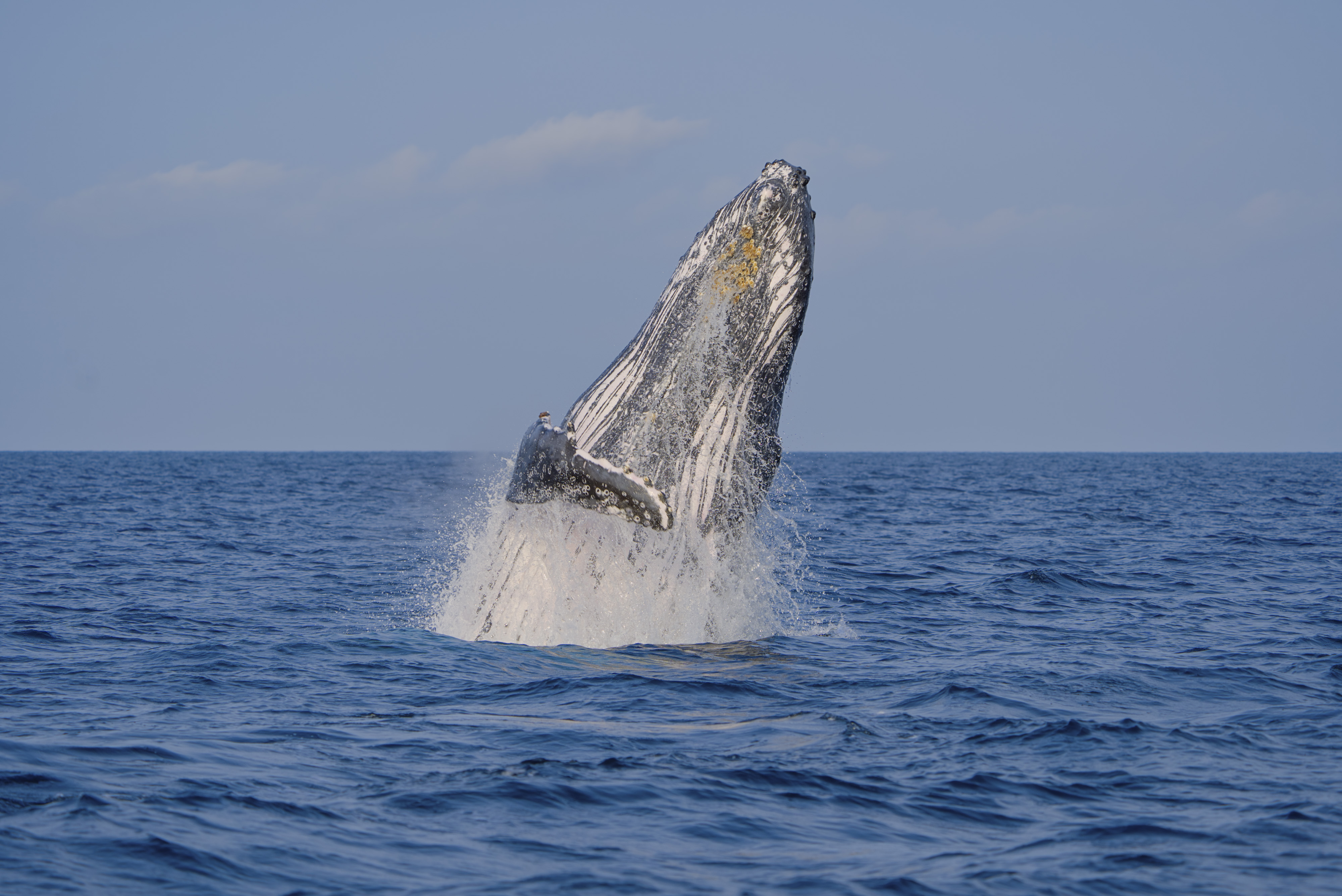
A Lifeline for Our Planet
Humpback whales birth their calves in its warm waters; hippos forage along its coasts; and giant, critically endangered local leatherback sea turtles lay their eggs on its white-sand beaches. Gabon’s ocean territories on the west coast of Africa are a nursery for some of the largest, most majestic sea life on Earth.
But Gabon’s iconic wildlife are increasingly threatened by climate change, as well as unregulated fishing and resource extraction. And with every degree of warming and every destroyed habitat comes another hit to an economy dependent on local fisheries and sustainable timber management.
Protecting and restoring nature can help countries adapt to the impacts of climate change while securing the livelihoods of their communities. Yet for many developing countries like Gabon, high debt burdens and lack of access to international capital make investing in nature a challenge.
Enter Nature Bonds, The Nature Conservancy’s strategy to help indebted countries unlock new funding to address climate change, protect their communities and preserve habitats at sea, in freshwater and on land.
A Bright, Blue Future
With Nature Bonds, TNC helps countries refinance their debt on more favorable terms, freeing up money for conservation and climate programs. TNC then supports governments as they develop and implement long-term, large-scale conservation projects that help countries meet their national goals.
In collaboration with Gabon’s government and Bank of America, TNC in 2023 helped the country refinance $500 million of its sovereign debt to launch a 15-year ocean conservation program. The project is expected to generate around $163 million to assist Gabon in protecting 30% of its ocean, helping meet its commitments to global conservation goals.
This latest effort builds on previous “debt-for-nature” projects in Barbados, Belize and the Seychelles, and highlights how innovative financing can facilitate durable conservation for healthy ecosystems and economies.
Financial Overview for Fiscal Year 2023
Letter From the Interim Chief Finance and Administrative Officer
In fiscal year 2023, The Nature Conservancy’s financial results were shaped by two main forces: a continuing push to accelerate investment in reaching our ambitious 2030 Goals, and significant fluctuation in external market conditions.
Internally, spending on conservation activities and enabling functions increased across all parts of the organization, in support of both our long-term strategies as well as a second year of internal grant-making focused on accelerating our impact toward our 2030 Goals. Expanded investments covered areas such as innovative financing for large-scale protection, leveraging technology to monitor fisheries and agricultural supply chains, and advancing climate goals through forest restoration and renewable energy.
Purchases of conservation lands and easements returned to a more typical value following fiscal year 2022’s uniquely high results due to multiple transactions that were, on average, larger than in the past. One of fiscal year 2023’s largest land purchases protected more than 12,900 hectares (32,000 acres) on Michigan’s Keweenaw Peninsula, along the shores of Lake Superior. Its eventual transition to public ownership and local stewardship will ensure this unfragmented area of forests, rivers, lakes and wetlands is sustainably managed and remains available for the public to enjoy.
Externally, markets were down for much of the year from the previous year’s highs but rebounded by fiscal year-end. This had a substantial impact on TNC’s financial statements, most notably on our investment returns, which recovered during the fiscal year. Our Long-Term Portfolio ended the year up more than 10%, outpacing the policy benchmark for the third consecutive year while maintaining our strategic asset-allocation targets. We have continued to generate strong risk-adjusted returns while removing 1.5 billion tons of direct greenhouse gases from our public investment portfolio since 2020, partnering with 11 leading climate investors and increasing the diversity of our investment managers.
From a fundraising perspective, increased giving by institutions offset slower growth among individuals, for whom giving volume was strong but gift sizes were constrained by weaker market conditions. A highlight of the year’s fundraising was a $40M first-time gift from a Europe-based foundation to advance large-scale protection through the Enduring Earth partnership. This gift supports TNC’s efforts in Mongolia and the World Wildlife Fund’s efforts in Namibia, underscoring the promise of working collaboratively with other organizations to expand our collective impact around the globe. Meanwhile, new public awards were boosted by a $60M commitment to support sustainable agroforestry in the U.S. Midwest.
In the year ahead, we will continue to invest in accelerating our progress toward our 2030 Goals. We remain optimistic that our ambitious conservation vision and recovery in the broader economy will deliver a major impact on our mission and growth in resources from our investment strategies and from the generous supporters who make our work possible.
Financial Summary
For the fiscal years ending on June 30, 2023 & 2022 (in thousands)
Note: The figures that appear in the financial summary shown are derived from the 2023 & 2022 consolidated financial statements that have been audited and have received an unmodified opinion.
| 2023 | 2022 | |
|---|---|---|
| Dues and private contributions | $ 874,999 | $ 826,514 |
| Government contributions | 138,987 | 126,320 |
| Total Dues & Contributions | 1,013,986 | 952,834 |
| Investment returns | 302,633 | (367,339) |
| Other income | 139,593 | 99,432 |
| Land sales and gifts | 78,266 | 86,965 |
| Total Support & Revenue | $ 1,534,478 | $ 771,892 |
| 2023 | 2022 | 2023* | 2022* | |
|---|---|---|---|---|
| Conservation activities and actions | $ 816,931 | $ 663,885 | 60% | 54% |
| Purchases of conservation land and easements1 | 159,165 | 238,351 | 12% | 19% |
| Total Conservation Program Expenses & Purchases of Conservation Land & Easements | 976,096 | 902,236 | 71% | 73% |
| General and administrative | 214,602 | 182,336 | 16% | 15% |
| Fundraising and membership | 176,058 | 150,164 | 13% | 12% |
| Total Support Services | 390,660 | 332,500 | ||
| Total Expenses & Purchases of Conservation Land & Easements | $ 1,366,756 | $ 1,234,736 | ||
| Net Result—Support & Revenue Less Expenses & Purchases of Conservation Land & Easements2 | $ 167,772 | $ (462,844) |
* % of each dollar spent
| 2023 | 2022 | |
|---|---|---|
| Conservation lands | $ 2,456,087 | $ 2,357,203 |
| Conservation easements | 2,489,008 | 2,454,771 |
| Investments held for conservation projects | 1,592,106 | 1,600,889 |
| Endowment investments | 1,520,040 | 1,425,395 |
| Planned-giving investments | 359,793 | 344,089 |
| Property & equipment (net of depreciation) | 160,226 | 151,184 |
| Other assets 3 | 998,126 | 1,009,699 |
| Total Assets | $ 9,575,386 | $ 9,343,230 |
| Accounts payable and accrued liabilities | $ 146,901 | $ 143,324 |
| Notes payable | 1,141,008 | 1,106,730 |
| Other liabilities 4 | 420,809 | 486,677 |
| Total net assets | 7,866,668 | 7,606,499 |
| Total Liabilities & Net Assets | $ 9,575,386 | $ 9,343,230 |


